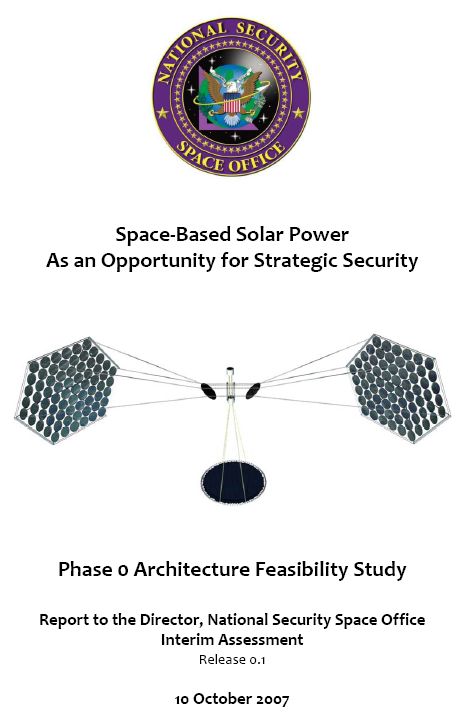After listening to Can Science Save Us?, a conversation with Sir Martin Rees on the Michael Schermer Show, I wrote both Dr. Schermer and Lord Rees with the intention of telling them about space-based solar power (SBSP), which was not mentioned in the podcast. As a result, I was invited to write an article about SBSP for the current issue of Skeptic Magazine v28.2: Energy Matters. My article, ‘It’s Always Sunny in Space,’ is reprinted here with permission from Skeptic Magazine.
This is the highest resolution image of the Sun’s full disc and outer atmosphere (the corona) ever taken, as seen by Solar Orbiter in extreme ultraviolet light from a distance of nearly 47 million miles. This stellar image is a mosaic of 25 photographs taken on March 7, 2022 by the high resolution telescope of the Extreme Ultraviolet Imager (EUI) instrument. An image of Earth is included for scale, in the upper right corner of the illustration.
A tremendous thermonuclear furnace, our Sun radiates about 134,000 terawatts (TW) of continuous power to Earth’s surface, about 7000 times more than the entire population of humankind consumes from all current sources of energy.
It’s Always Sunny in Space
Why space-based solar power is a viable source of energy.
by Rob Mahan
Advances in human civilization have always been fueled by the availability of excess energy in various forms. For the vast span of human history, energy from the Sun was converted to food and biomass by photosynthesis and expended in the forms of muscle power and fire. Energy from the Sun produced weather, and as a result, wind- and water power were eventually harnessed and converted into increased levels of societal organization.
When humans began to extract massive amounts of energy from plant-based fossil fuels—which originated millions of years ago, through photosynthesis driven by energy from the Sun—further technological complexity, economic surplus that freed increasing numbers from manual labor, and human population all exploded. Gasoline-powered, mass-produced automobiles represented freedom in the form of personal transportation. Electricity became an efficient way to deliver energy to homes and businesses, and eventually to power a global information network. Growth was good, and seemed unstoppable, at least to those with easy access to abundant energy.
More recently, science and rationality have led us to a stark realization. Year-over-year economic growth, driven by the ever-increasing consumption of finite natural resources to produce abundant energy and other goods, has proven unsustainable. Coupled with concerns about climate change resulting from the release of excessive carbon dioxide into the atmosphere, three broad future scenarios emerge:
- Continue the current, unsustainable trend of natural resource extraction, energy consumption, and economic growth, and let natural processes dictate the next era in human history.
- Based on current and past technologies, voluntarily and drastically reduce global energy consumption and revert much of humankind to the previous era of muscle, wind, and water power.
- Develop new technologies and find cleaner, renewable, or unlimited forms of abundant energy, while becoming better stewards of the finite natural resources that remain.
If the third scenario is the most appealing to you—as it is to me—and almost all forms of energy harnessed by humankind throughout history originated with energy from the Sun, doesn’t it make sense to look directly to the source in our quest to find a clean, unlimited source of energy for all of humanity going forward?
What does “space-based solar power” mean?
Space-based solar power (SBSP) refers to the concept of collecting the Sun’s energy in space and then transmitting it to Earth for use as a baseload renewable energy source. This involves putting solar panels in orbit around the Earth to continuously collect energy from the Sun. The energy is transferred to receiving antennas (rectennas) on Earth as microwave or laser beams, converted to electrical energy, and then sent to consumers through the existing power distribution grid. The goal of SBSP is to provide practically unlimited clean energy that is not subject to weather conditions or night-day cycles; energy that is available 24/7/365, anywhere on the planet.
Before we delve into the details and challenges around space-based solar power, let’s take a brief step back in time to see how humanity got where we are today, and how we may soon be consuming the equivalent amount of energy in 150 billion barrels of oil every year.
How much energy is globally consumed by humankind?
It took the first three million years of evolution for the world population to reach one billion of us. Over the past 220 years, fueled by advances in medicine, nutrition, and a massive glut of cheap energy from the worldwide fossil fuel industry, the world population has exploded to over eight billion humans. The United Nations estimates that the world population will expand to over ten billion by the year 2100.1 In the developing economies of emerging nations, particularly in Asia, per capita energy consumption is increasing as people seek better lives for themselves and their families.
Driving—or driven by—economic and population growth, worldwide energy consumption also exploded over the past two centuries, and with it, energy-related carbon dioxide emissions. The Enerdata World Energy & Climate Statistics lists the 2021 global total energy consumption as 14,555 million tons of oil equivalent (Mtoe), or for comparison purposes, the equivalent of about 169,277 terawatt-hours (TWh) of electrical energy. For 2021, the global electricity generation is listed as 28,433 TWh of electrical energy, or about 16.8% of the global total energy consumption.2
A mid-range scenario presented in the Enerdata Global Energy & Climate Outlook 2050 assumes policies that will lead to a global temperature rise between …
Click here to read the entire article in PDF format.





